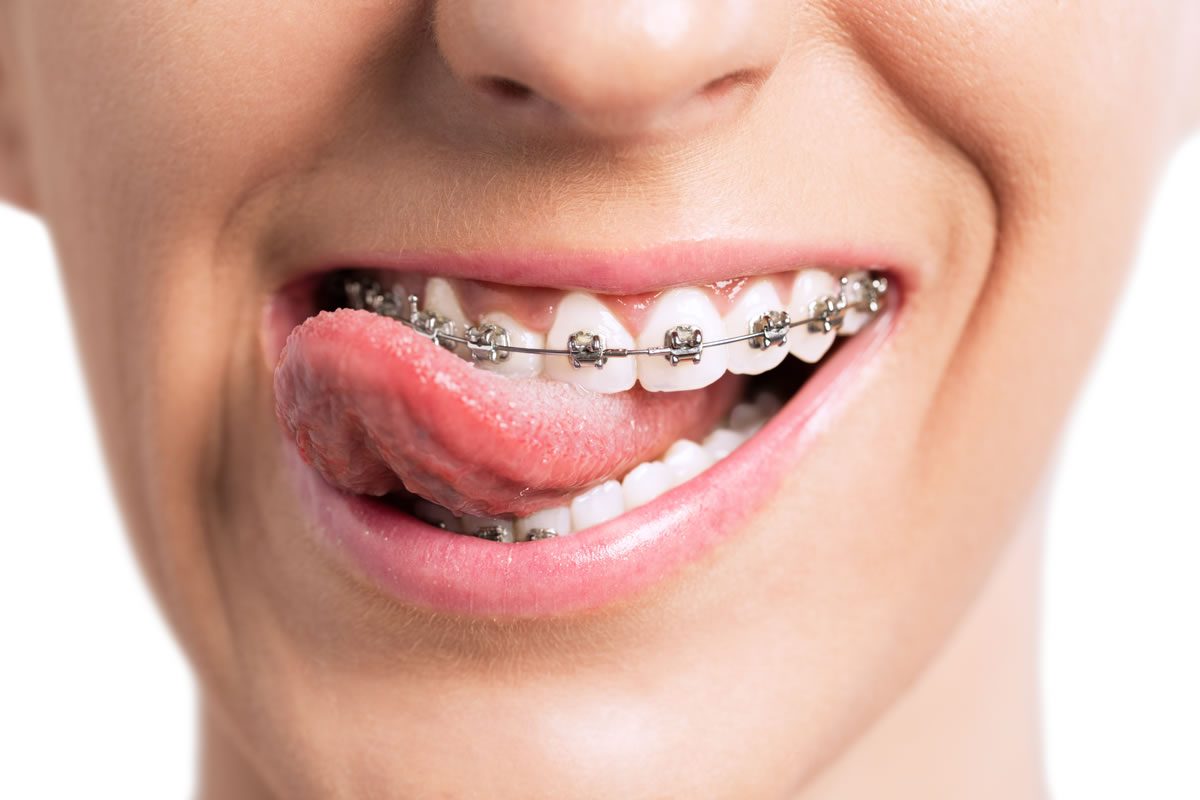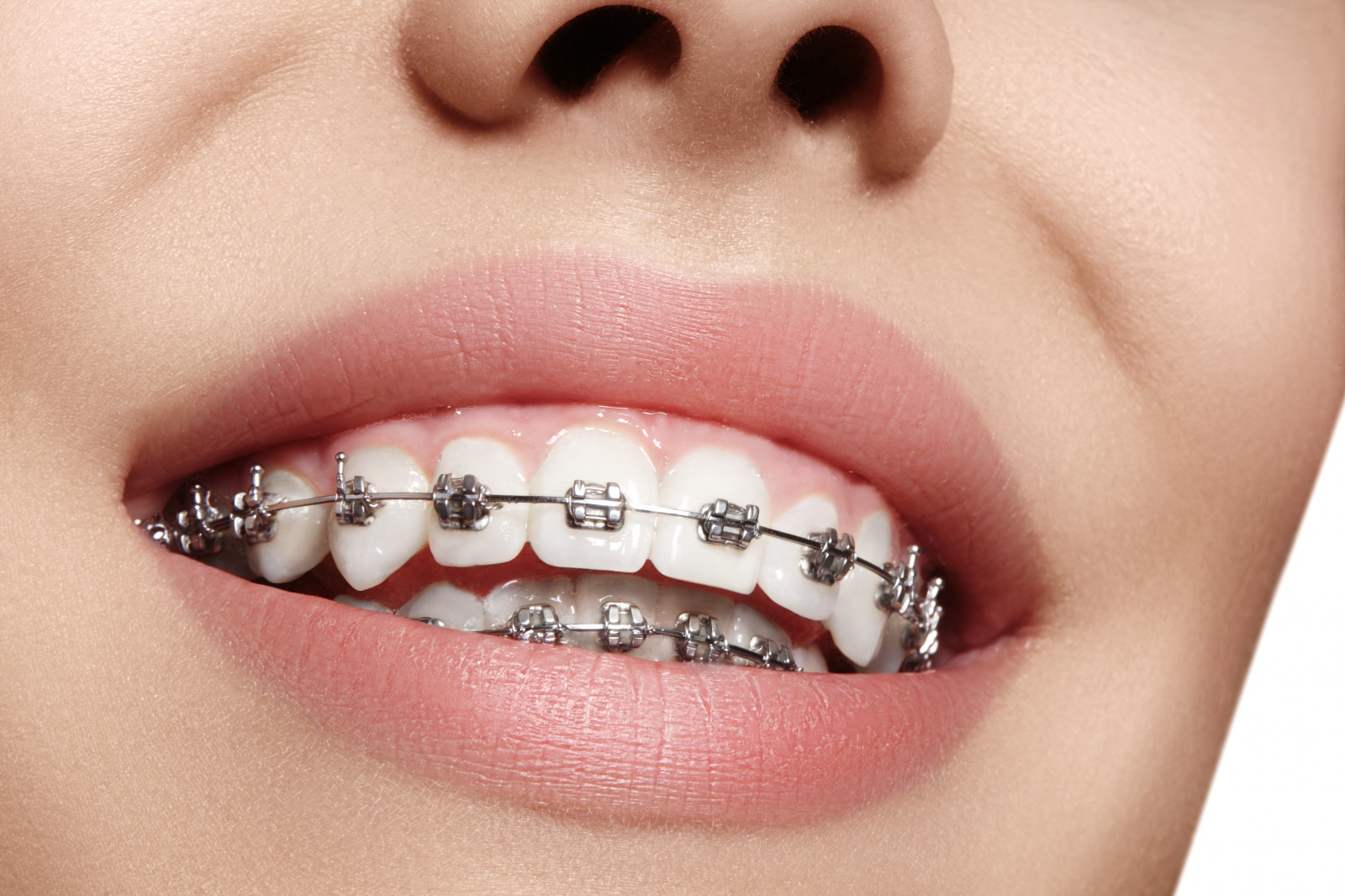The 8-Minute Rule for Causey Orthodontics
Wiki Article
The Definitive Guide to Causey Orthodontics
Table of ContentsThe Ultimate Guide To Causey OrthodonticsThe Definitive Guide for Causey OrthodonticsCausey Orthodontics - The FactsGetting My Causey Orthodontics To WorkNot known Details About Causey Orthodontics
Neglecting occlusal connections, it was regular to remove teeth for a variety of oral issues, such as malalignment or congestion. The idea of an intact teeth was not widely valued in those days, making bite connections appear unnecessary. In the late 1800s, the idea of occlusion was important for developing trusted prosthetic substitute teeth.As these concepts of prosthetic occlusion proceeded, it became an important device for dentistry. It remained in 1890 that the work and effect of Dr. Edwards H. Angle began to be really felt, with his contribution to modern orthodontics specifically notable. At first concentrated on prosthodontics, he educated in Pennsylvania and Minnesota before directing his focus in the direction of dental occlusion and the treatments required to keep it as a regular problem, thus ending up being known as the "father of contemporary orthodontics".

The concept of ideal occlusion, as proposed by Angle and included into a classification system, enabled a change towards treating malocclusion, which is any kind of inconsistency from regular occlusion. Having a full set of teeth on both arcs was highly searched for in orthodontic therapy because of the requirement for specific partnerships between them.
Causey Orthodontics Can Be Fun For Anyone
As occlusion ended up being the vital priority, face proportions and aesthetics were disregarded - orthodontist services. To achieve suitable occlusals without using outside pressures, Angle postulated that having ideal occlusion was the most effective way to get optimum facial appearances. With the passing of time, it ended up being fairly evident that even a remarkable occlusion was not appropriate when considered from an aesthetic perspectiveIt ended up being obvious that orthodontic treatment might adjust mandibular development, resulting in the formation of practical jaw orthopedics in Europe and extraoral force steps in the US. These days, both functional devices and extraoral tools are used around the world with the goal of modifying development patterns and types. Subsequently, seeking real, or at least improved, jaw partnerships had come to be the main objective of treatment by the mid-20th century.
6 Simple Techniques For Causey Orthodontics
 Until the mid-1970s, braces were made by covering steel around each tooth. https://www.localhomeservicepros.com/health-care/causey-orthodontics-170182., it came to be possible to instead bond steel braces to the teeth.
Until the mid-1970s, braces were made by covering steel around each tooth. https://www.localhomeservicepros.com/health-care/causey-orthodontics-170182., it came to be possible to instead bond steel braces to the teeth.Andrews gave an informative definition of the suitable occlusion in irreversible teeth. This has had significant results on orthodontic treatments that are administered on a regular basis, and these are: 1. Correct interarchal relationships 2. Appropriate crown angulation (idea) 3. Correct crown inclination (torque) 4. No rotations 5. Tight call factors 6. Apartment Contour of Spee (0.02.5 mm), and based on these principles, he found a therapy system called the straight-wire appliance system, or the pre-adjusted edgewise system.
The advantage of the design hinges on its bracket and archwire combination, which requires just marginal cord flexing from the orthodontist or medical professional (cheapest orthodontist near me). It's appropriately called after this function: the angle of the slot and thickness of the brace base inevitably establish where each tooth is positioned with little demand for added adjustment
What Does Causey Orthodontics Mean?
Both of these systems employed the same brackets for each and every tooth and required the bending of an archwire in three aircrafts for finding teeth in their wanted positions, with these bends determining supreme positionings. When it concerns orthodontic devices, they are divided right into two types: detachable and fixed. Detachable appliances can be handled and off by the patient as needed.
Hence, mostly all modern set home appliances can be considered variants on this edgewise appliance system. Early 20th-century orthodontist Edward Angle made a significant contribution to the world of dental care. He produced four unique appliance systems that have actually been used as the basis for several orthodontic treatments today, preventing a few exemptions.
See This Report about Causey Orthodontics

The wire ended in a thread, and to relocate forward, an adjustable nut was utilized, which enabled for a boost in circumference. By ligation, each specific tooth was connected to this extensive archwire (cheapest orthodontist near me). Because of its limited array of movement, Angle was incapable to accomplish precise tooth placing with an E-arch
These tubes held a soldered pin, which can be repositioned at each consultation in order to move them in place. Called the "bone-growing appliance", this device was theorized to motivate healthier bone development due to its possibility for transferring pressure directly to the origins. Applying it showed problematic in fact.
Report this wiki page